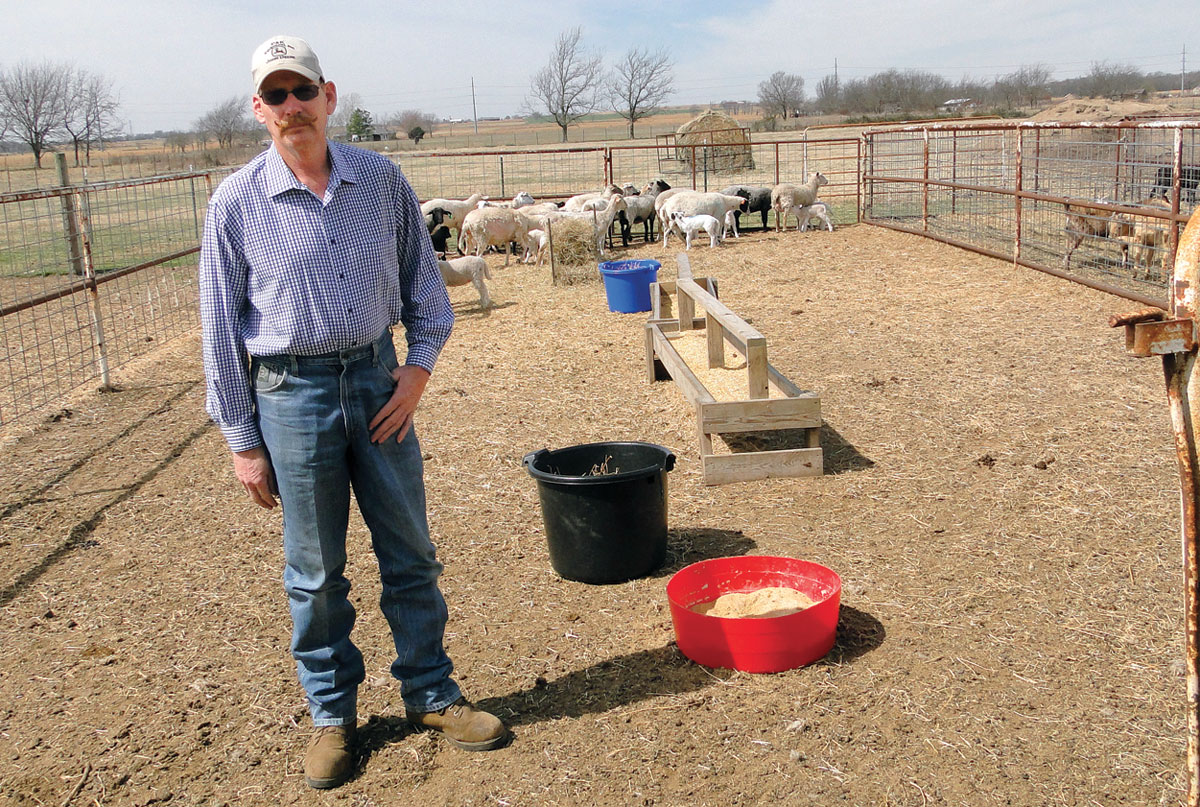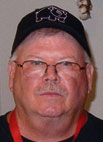
Wes Hudson’s great-grandfather, Milas Taylor, owned the original 125-acre tract which was used as a truck farm raising sweet potatoes, corn, apples and pears as well as livestock, including chickens, cattle and hogs in addition to earning stud fees.
According to family records, Milas’s banner year produced $1,030, which helped support 11 children in a three-room house. Beams from that house now adorn the ceilings in Wes’s current home nearby on his 1,000-acre spread which supports 300 commercial and Black Baldie cow/calf pairs.
His wife, Lynda, sells real estate and is part of the family’s real estate business with her staging ability evident throughout their home. Previously, she worked for a title company as a manager of escrow closings.
Wes remembers helping to feed cattle when he was only about 2-years-old, and one time roping a stubborn Shetland pony he had to drag to a lot for his dad to release.
Laughing at his childhood on the family’s farm, he said, another time, he and a friend were riding a mare who decided to lie down in a pond.
“I got off, he didn’t and got soaked,” Wes recalled.
The family’s cattle business was begun by Wes’s grandfather Ralph Hudson and his brother Clarence Hudson in 1932 under the name of Hudson Brothers Herefords. When Wes’ father, Richard, passed away in December 2004, the difficult decision to sell the registered Hereford herd, which had produced 14 national and reserve national champions. They sold the cattle to a Texas breeder in 2006 and the herd was switched to a commercial operation.
“We kept the original name because it was well known,” Wes said. “Another aspect I kept was my father’s detailed record-keeping methods which have helped in developing a very strong commercial herd.”
Wes retains partial ownership of a handful of superior registered Hereford females, some shown by his daughter Hayley, which are now in embryo transplant.
“Science and technology have changed everything so you may need only a few of the right embryos to maintain superior genetics, one of the key tools in being a successful purebred breeder,” Wes said.
Herefords complement Black Angus and Brangus. True Black Baldie cows, according to research done by the American Hereford Association, are one of the most efficient producers in the commercial cattle industry. Years ago only Hereford, Angus and Shorthorn cattle were available and led to the development of the Black Baldie. With the influx of exotic breeds from Europe in the 1960s, starting with Charolais, the exotic breeds and genetic experimentation took hold.
“We knew how good the Hereford/Black Angus cross was 40 years ago, and many American commercial cow herds have returned to the cross,” Wes said.
Several factors contribute to Wes’s management system. Black cows are bred to registered Hereford Bulls and the Black Baldie cows are bred to Angus bulls. Wes also AIs his replacement heifers to proven low birth weight, moderate growth to Angus and Hereford Bulls that have balanced EPDs.
In addition, Wes pays particular attention to the dams of the bulls he purchases looking for level udder with small teats, efficiency, longevity and slick hair so fescue doesn’t raise body temperature and hinder reproduction.
Wes tests the effectiveness of his genetics program by breeding half-sisters back to half-brothers.
“If the calves are good, the genetics are good because weaknesses will show up in that cross,” he explained.
Wes believes having excellent mothers is critical because daughters tend to have the same production traits as their mothers and sire.
Wes explained raising a heifer to calving age costs about $2,000, so a longevity criterion makes investment sense because having a cow in production for only two to four years does not return the investment.
Even though Wes expects females to gain weight by consuming grass rather than grain, weaned heifers receive 2 to 4 pounds of 12 percent protein grain from a mix he designs and adjusts according to commodity markets and time in the year.
While culled cows are sold at the sale barn, calves are sold right off the cow after being vaccinated and castrated. Wes sells mostly by private treaty and has sold calves to the same buyer for the last six or seven years.
“Though the industry calls us cattlemen, we are really in the grass business,” Wes said. “We must produce as many pounds of protein per acre as possible through careful land management. Grass is the greatest resource God gave us.”
Wes uses chicken litter on hay and pasture fields in the fall and top dresses the hay fields in the spring with nitrogen. Wes also drills wheat or ryegrass into Bermuda hay fields and sometimes adds clover to his fertilizer.
During winter, a creep gate allows nursing calves to graze the improved fields through free choice for improved and heavier weaning weights. Replacement heifers have access to the same fields during winter.
“Jesus makes all things possible, and my family and I have been blessed to be in the cattle business for generations.”







